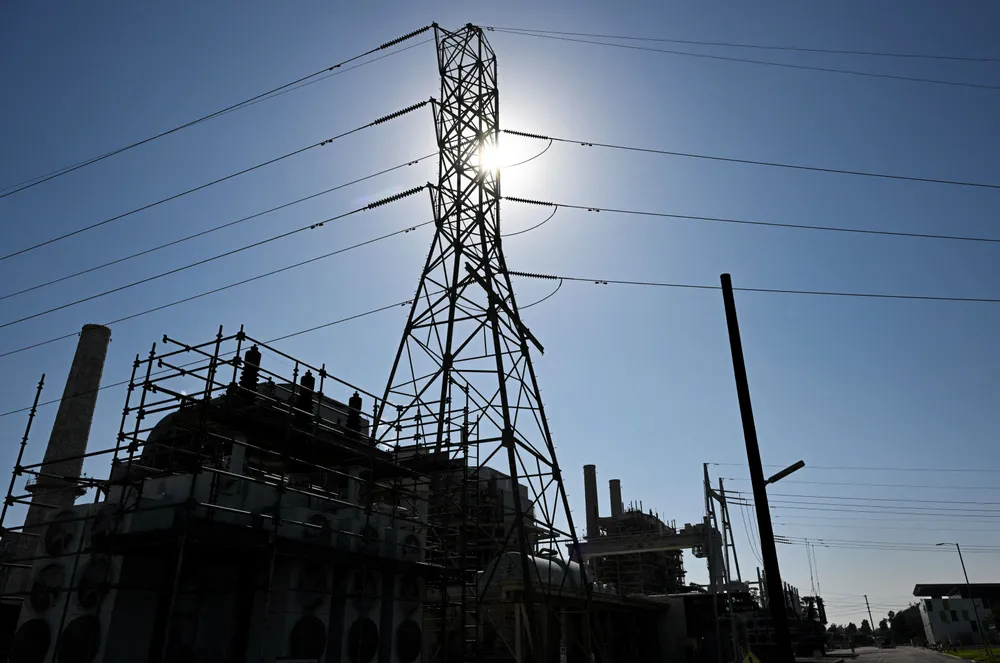California tells US Treasury not to introduce additionality requirements on green hydrogen, despite emissions concerns
The governor’s office and public-private ARCHES hub also call against geographical correlation, while recommending annual instead of hourly matching
